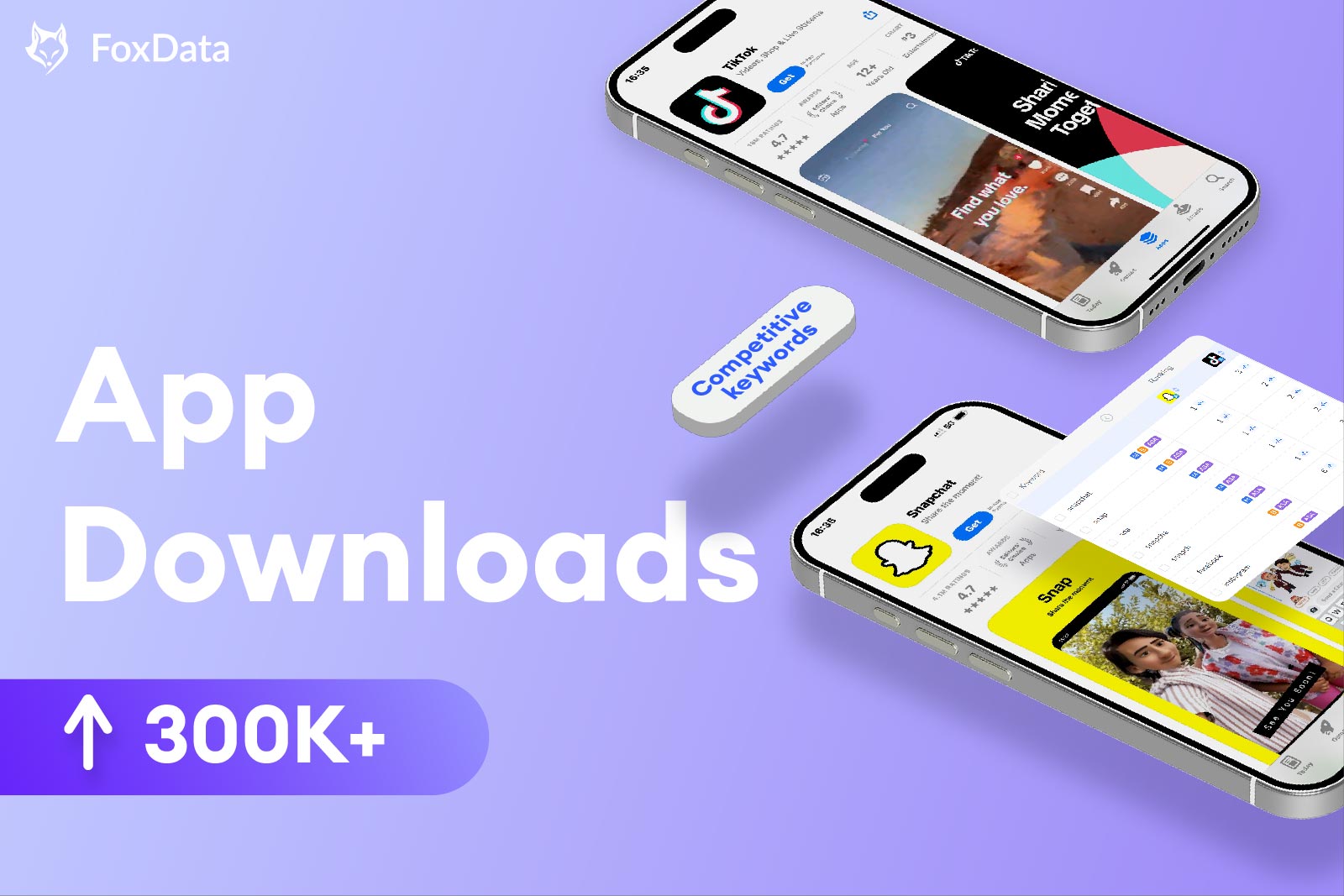How to Amplify Your Business Growth: Unlocking the Power of Influencer Marketing

Influencer marketing involves partnerships with influencers to increase your brand's reach and awareness. With the right investment, this strategy can solidify your market position and enhance trust and credibility among your target audience. When executed effectively, influencer marketing campaigns can significantly improve your business's bottom line. To achieve a favorable Return on Investment (ROI), however, it's crucial to consider several key factors.
This guide will equip you with the knowledge to create a successful campaign by covering:
-
What Is Influencer Marketing?
-
How to develop an effective influencer marketing strategy.
What Is Influencer Marketing?
Advantages of Influencer Marketing
- Build Trust: Influencers have established a rapport and credibility with their followers, making their endorsements more likely to resonate and lead to conversions.
- Enhance Brand Awareness: A well-crafted strategy extends your reach and improves your online presence, making your brand more recognizable and accessible to potential customers.
- Enrich Content Strategy: Collaborating with influencers can spark new content ideas and help bridge any gaps in your existing content strategy.
- Targeted Reach: By partnering with relevant influencers, your content reaches a more specific audience that is likely interested in your products or services.
Types of Influencers
- Nano-influencers: These influencers have between 1,000 and 10,000 followers. With a smaller audience, they often maintain high engagement levels and offer content that is perceived as more authentic and niche-focused. Though they may lack the experience of more established influencers, their genuine interaction is a significant advantage.
- Micro-influencers: Possessing between 10,000 and 100,000 followers, micro-influencers manage to keep a high engagement rate despite their larger audience size. They typically attract a dedicated following that is interested in specific topics, making them ideal for targeted marketing strategies.
- Macro-influencers: With followers ranging from 100,000 to 1 million, macro-influencers appeal to a wider audience. This group includes well-known social media figures, bloggers, vloggers, and podcasters, offering extensive reach. However, their large follower base often results in lower engagement rates.
- Mega-influencers: These are the heavyweights with over 1 million followers, including celebrities and key opinion leaders (KOLs). Their influence is significant due to their high social status and broad reach, making their endorsements highly impactful. Nonetheless, their engagement with individual followers and specialization in niches may be limited.
- Brand Ambassadors: Differing from influencers, brand ambassadors have a deep and genuine passion for representing a brand, often resulting in a more authentic promotion. While they might have fewer followers compared to typical influencers, their close association with the brand can lead to more persuasive endorsements.

How to Develop an Effective Influencer Marketing Strategy
Here's a comprehensive guide to constructing an effective influencer marketing strategy for your brand.
Identifying the Right Influencers
-
Audience: Examine the demographics of the influencer's followers, including their location, age, gender, and language. Ensure there's an alignment with your target audience's demographics.
-
Content: Assess whether the influencer's content and their marketing strategies resonate with your brand values.
-
Performance: Determine what metrics you'll focus on (awareness, engagement, conversions) based on your campaign goals.
-
Authenticity: Verify the authenticity of the influencer’s followers to ensure they are real and engaged, not fake.
-
Platform Presence: Confirm that the influencer is active on platforms where your target audience spends their time. Understand the nuances of different platforms like TikTok, YouTube, and Instagram.
Engaging and Hiring Influencers
- Communication: Initiate contact via social media. Engage in genuine conversations about their interests and achievements to build rapport. A good relationship foundation can make them more receptive to your collaboration proposal.
- Negotiation: When proposing a collaboration, tailor your terms to align with both your needs and the influencer's brand. Clearly outline your expectations, including compensation, the extent of brand coverage, and control over the content. Also, discuss the rights to the content usage at this stage.
- Contract: Draft a contract that details contact information, platforms to be used, campaign specifics, payment terms, content rights, and confidentiality clauses.
- Campaign Objectives: Clearly define your campaign objectives and the metrics you will use to track and measure performance. Establishing these elements upfront will help in maximizing the return on investment (ROI) from the onset of the campaign.
By following these structured steps, you can effectively build and implement an influencer marketing strategy that enhances your brand's presence and engagement across various social media platforms.
👏 Expert Note: Brief the influencer is much more important than you think. Maintain consistent communication with your influencers to ensure effective management and optimize campaign outcomes.

Planning Influencer Marketing Budget
Creating a detailed budget for your influencer marketing campaign is crucial. Begin by researching key questions such as "How much do influencers typically charge?" and "What are the common payment methods for influencers?" Understanding these aspects will help you formulate an attractive offer and anticipate costs effectively.
Influencer fees can vary significantly based on factors like the size of their audience, their industry niche, and their level of experience. Influencers from regions like the United States often have higher rates due to the mature market, compared to those from emerging markets.
To enhance the appeal of your campaign, consider offering non-monetary perks such as complimentary products, exclusive VIP benefits, or access to special events. These incentives can be effective in securing collaborations with desired influencers.
👉Read More: Influencer Pricing: decoding the true value.
Developing Your Influencer Marketing Strategy
The next phase involves strategizing your campaign to clearly define your objectives and expectations from the influencers you partner with.
Best Practices in Influencer Marketing
- Objectives: Identify your primary goals. Are you aiming to boost sales, enhance SEO, or increase brand awareness? Decide which aspects like reach, impressions, or engagement matter most to you.
- Target Audience: Determine whom you want to impact. Understand the demographics of your target audience and consider the three Rs of influence: reach, relevance, and resonance.
- Measurement: Establish which metrics are critical for assessing an influencer’s impact on your campaign.
- Guidelines: Develop clear guidelines for influencers to ensure they understand your objectives and the key messages you want to convey.
By following these steps, you can create a structured and effective influencer marketing campaign tailored to meet your business objectives.
Measuring Influencer Marketing
Ensure you monitor key metrics such as:
- Reach
- Engagement
- Sales
- ROI
Additionally, keep track of the content output from your influencers. Verify whether they have posted the agreed-upon content pieces.
For additional insights and guidance, explore our blogs.
Now just join FoxData and embark on a journey of marketing excellence as we unveil the latest industry news and trends, unveil powerful growth strategies, and present cutting-edge measurement solutions.






